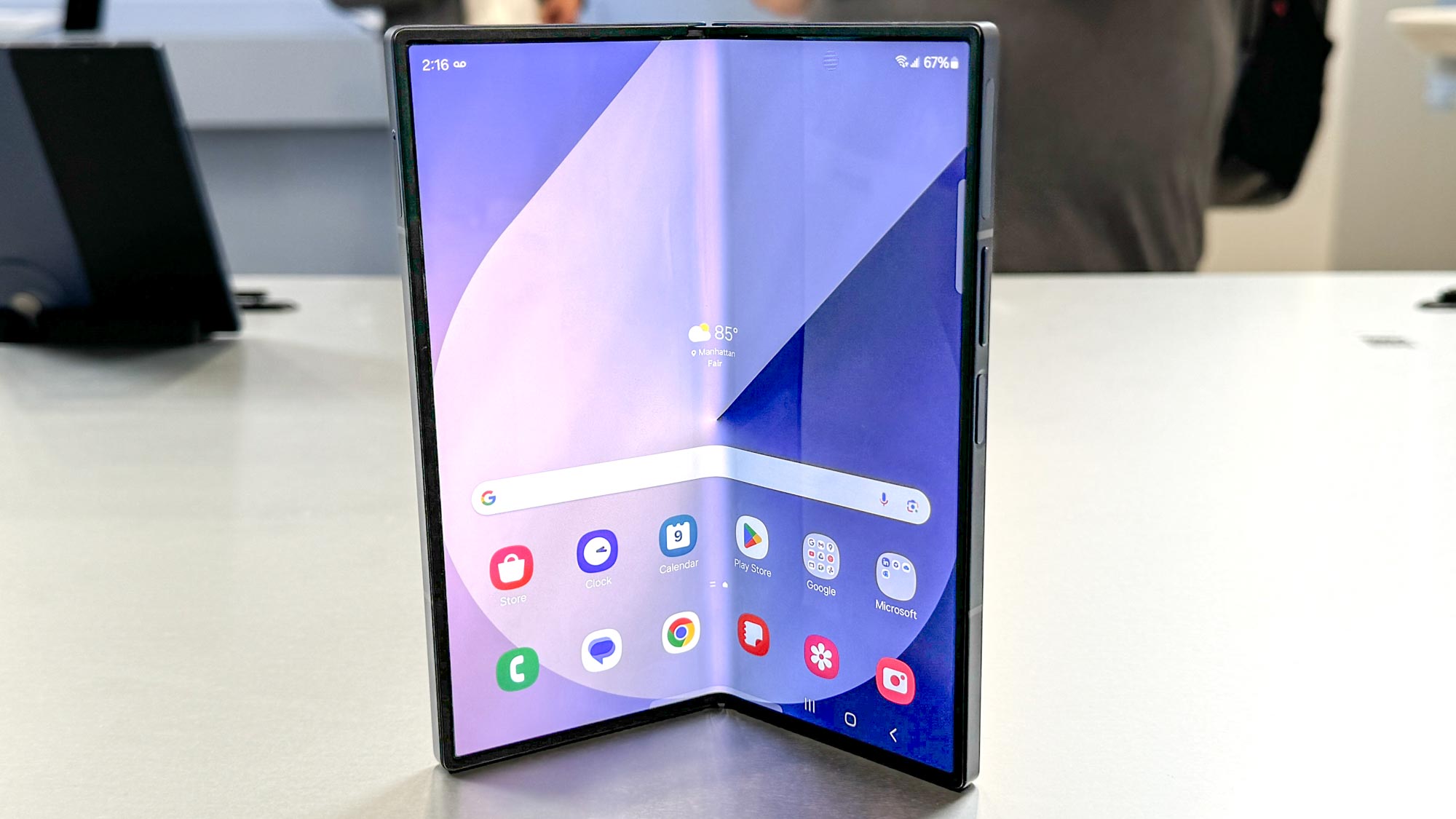
Even before the Samsung Galaxy Z Fold 5 was released, there have been rumors that the Galaxy Z Fold 6 would undergo some kind of redesign. As the months drew on the gears of the rumor mill began turning, and everything made it sound like there was going to be a pretty drastic change for the typically skinny Z Fold range.
Now that the Galaxy Z Fold 6 is here, we’ve seen what the phone actually looks like. Needless to say, the shape is nothing like the Pixel Fold-inspired design early rumors led us to believe we were getting. The official dimensions also confirmed this, making it clear that the new cover display is only fractionally larger than its predecessor.
Not only is it a lesson in not believing every single rumor you read online, it’s also indicative of one of the biggest problems in the foldable phone market — Samsung’s seeming unwillingness to change.
How has the Galaxy Z Fold 6’s design changed?
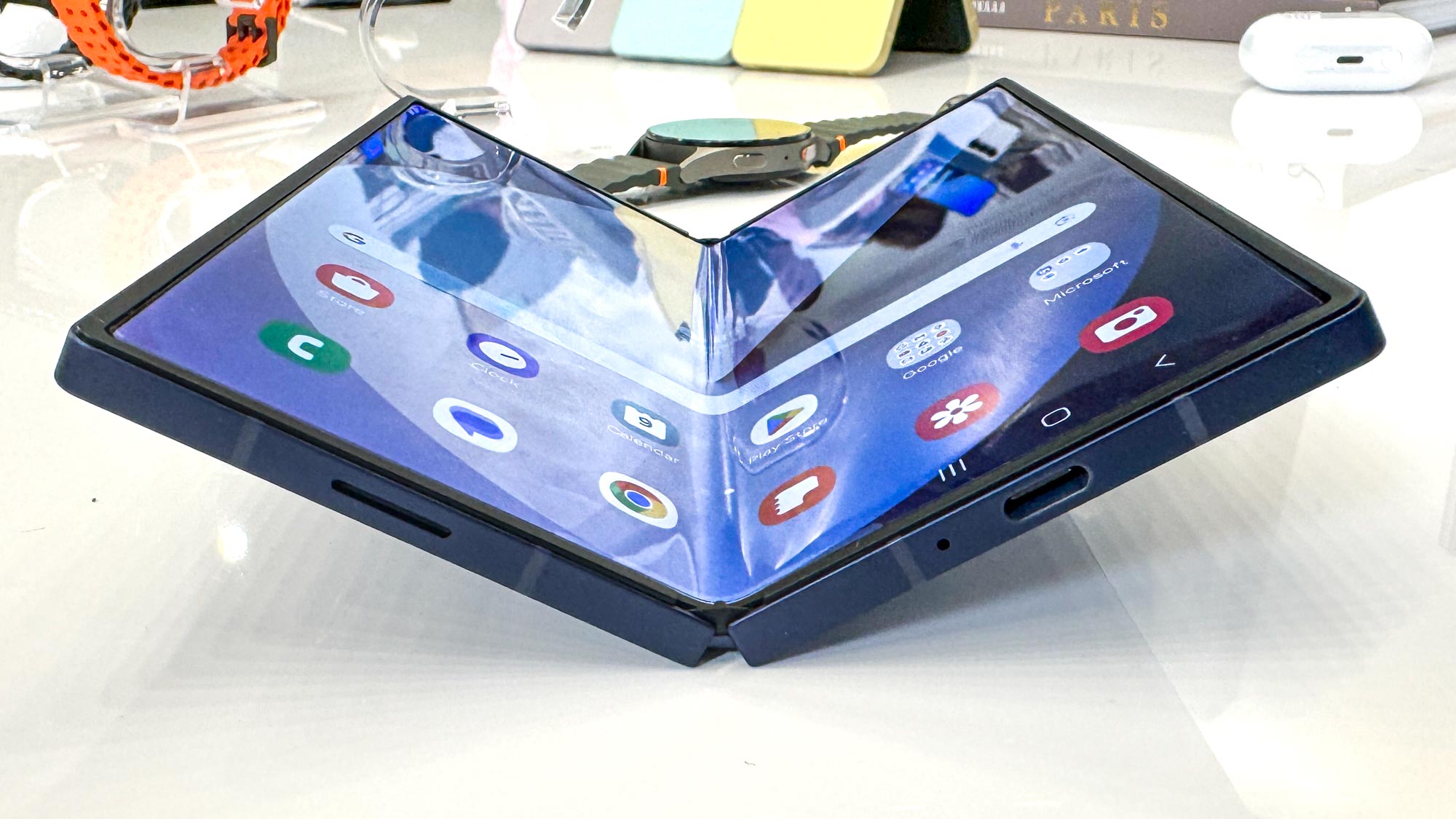
In all honesty, the Galaxy Z Fold 6 doesn’t look that different from its predecessors. We still have the same folding book-style design, as well as the large cover display that’s still a little skinnier than your average non-folding phone. The cover display is 6 x 2.68 inches, which makes it taller and skinnier than the 5.79 and 2.78 inch Samsung Galaxy S24.
Samsung’s grand redesign turned out to be little more than a minor size change, which is indicative of Samsung’s fondness for iterative upgrades from one generation to the next.
However, this screen happens to be both shorter and wider than the one in the Galaxy Z Fold 5, which measures 6.1 x 2.64 inches. Which, in all honesty, isn't all that much of a difference. Certainly not enough to mention on stage at Galaxy Unpacked like Samsung did right at the start of its foldable presentation.
The Z Fold 6’s outer display is a little closer to a traditional non folding phone screen, but it's far from the grand redesign we’d heard about. It's certainly no Pixel Fold or OnePlus Open, which are a lot stockier than Samsung’s Z Fold series tend to be.
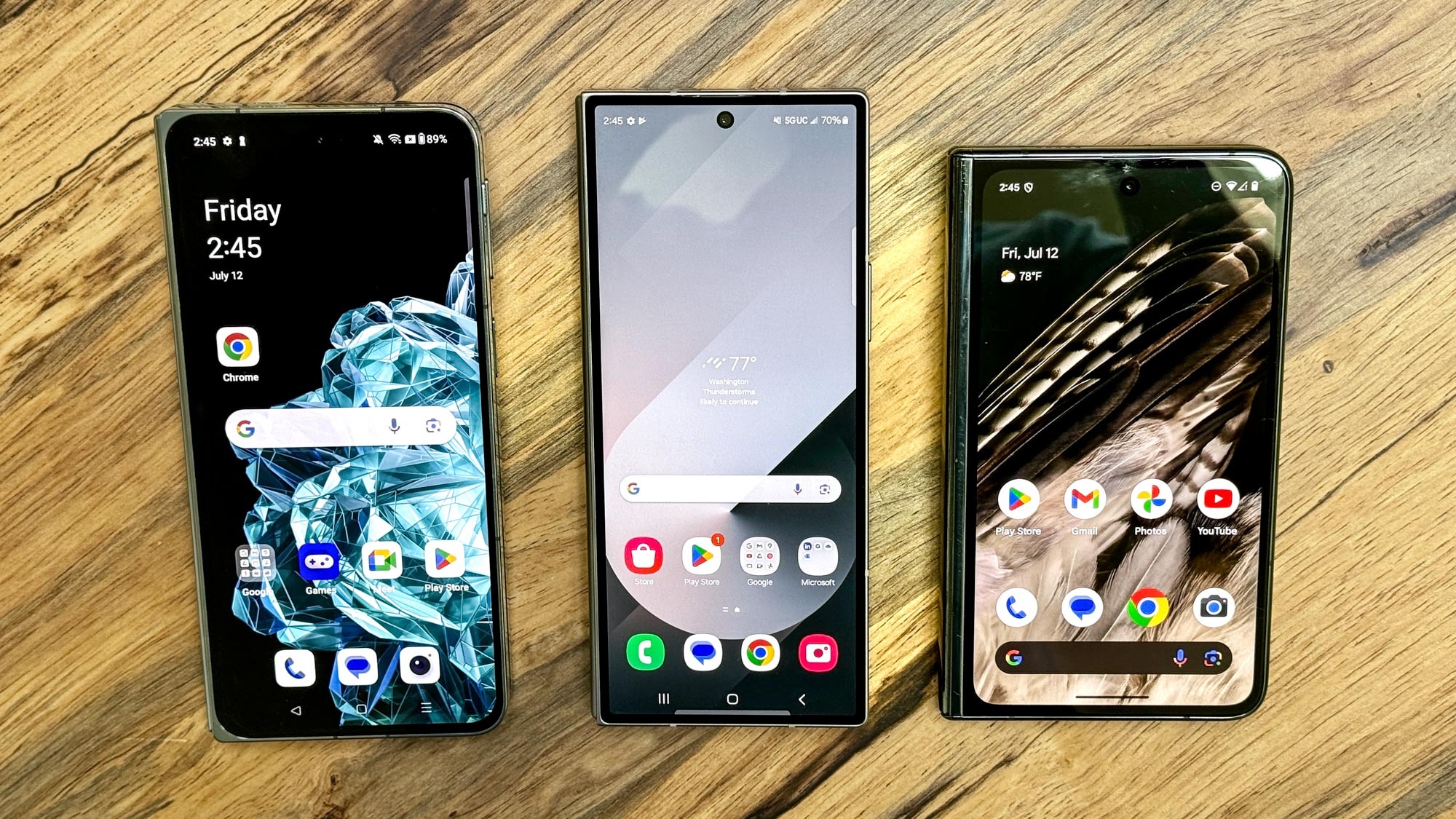
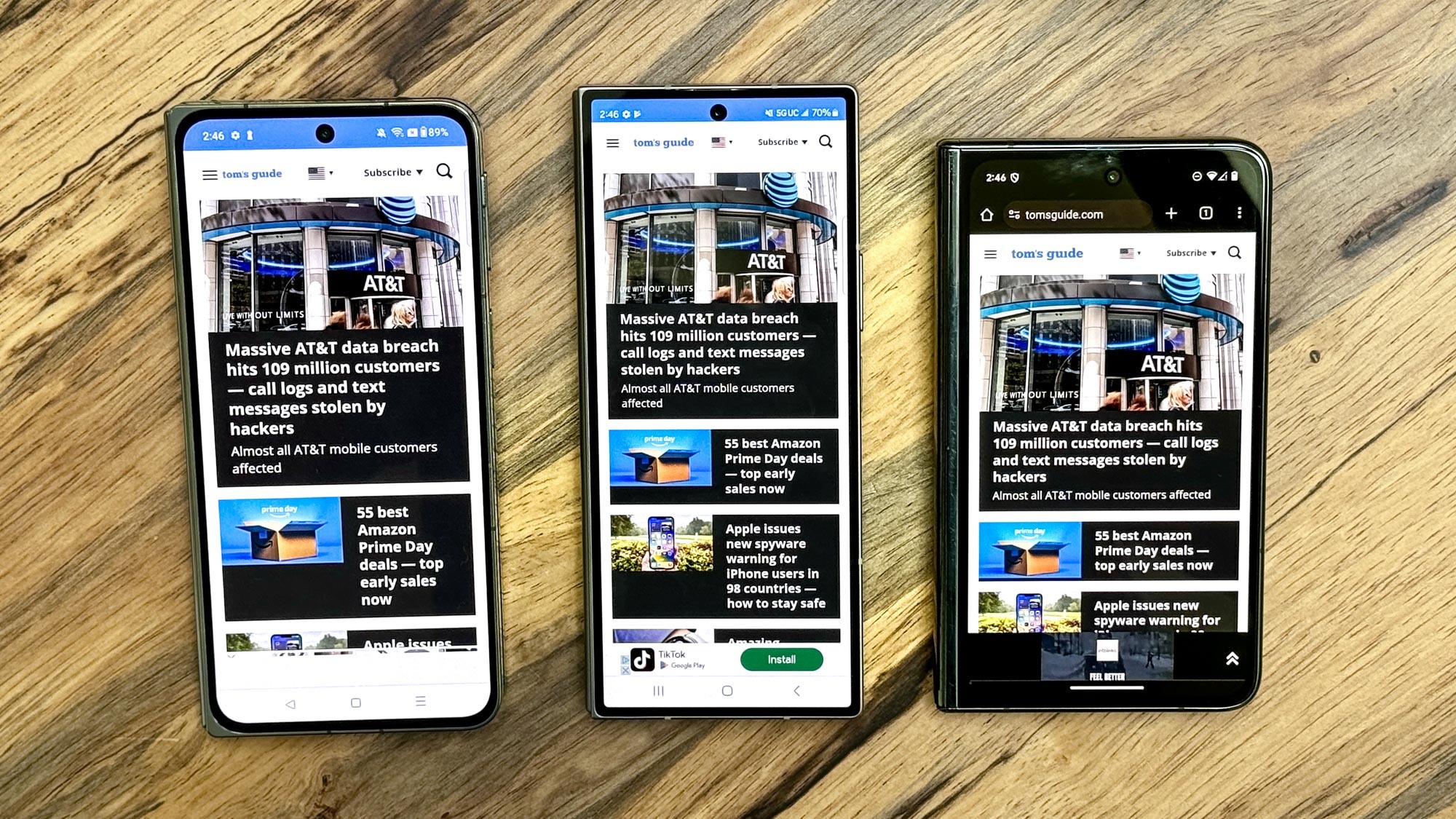
Is that a bad thing? It depends who you ask. Some, like some of my colleagues at Tom's Guide, find the fatter foldable design to be more comfortable. But I can understand why people would want a more traditional experience on the cover display. Or as much as you can get when you essentially have two phones squashed together.
You can definitely tell the difference when you pull up the keyboards on these phones. The Z Fold 6's layout looks way more cramped than the OnePlus Open and Pixel Fold.
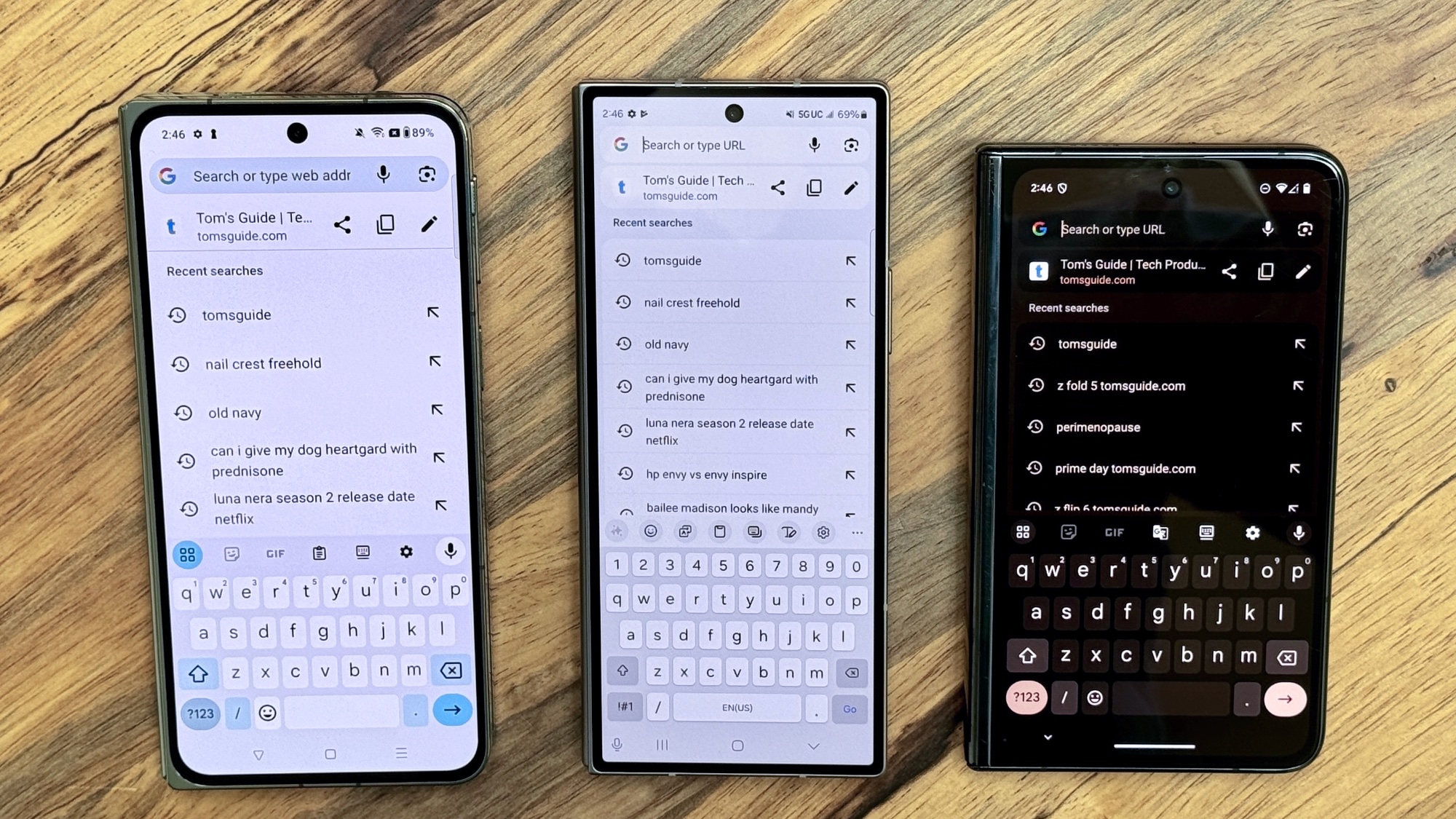
It's always wise to never put much stock in rumors, especially the ones that pop up incredibly early like this one. But in this case the fact that Samsung’s grand redesign turned out to be little more than a minor size change is indicative of Samsung’s fondness for iterative upgrades from one generation to the next. And foldables seem to have come off worse for it.
Iterative upgrades aren't enough for Samsung’s most expensive phones
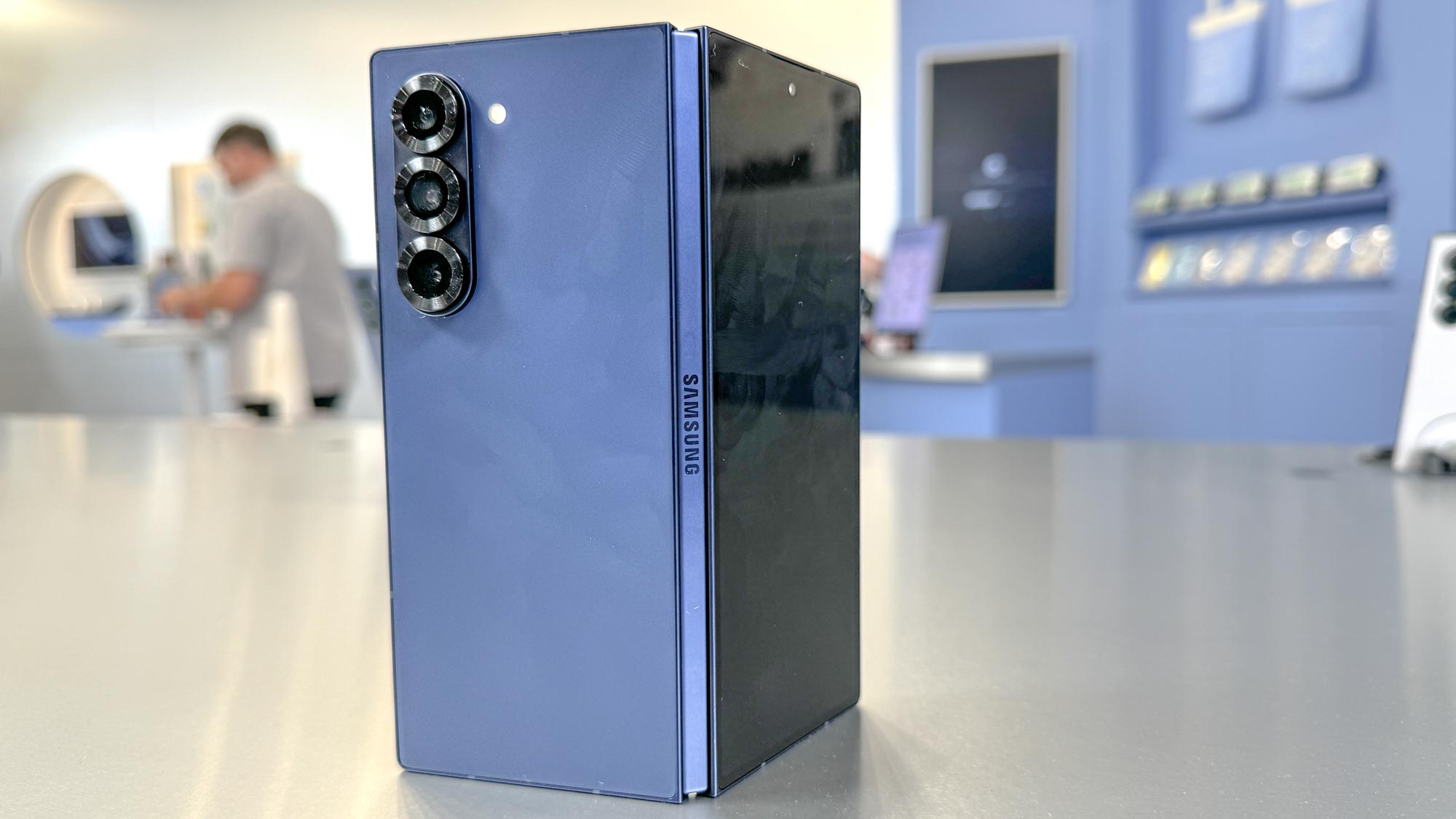
Iterative upgrades have been the Galaxy Z range’s forté for a while now. For the past few years we’ve seen new foldables arrive with few hardware upgrades compared to the previous year. Barring a few small changes and the latest chipset, it feels like there isn’t very much to differentiate each generation to the next.
The idea that the Galaxy Z Fold 6 could come with a fresh design was quite exciting in that regard. Because it means Samsung is finally changing something about its flagship foldable rather than sticking with the same hardware it’s offered for multiple generations. But that didn’t happen, and honestly I don’t even know what I expected. Samsung has been rolling out the same standard Z Fold design for years — and this isn’t even the first time I’ve pointed that out.
The extra durability is definitely welcome, because foldables aren’t quite as hardy as their non-folding counterparts. But it’s not what I’d call a serious change to the phone’s design; it’s closer to the bare minimum of what should be on offer in the absence of everything else.
You also have to consider how much the Galaxy Z Fold 6 costs, and the fact the $1,899 starting price is actually $100 more than you’d pay last year. With that in mind, and when you think about how expensive these phones are already, an iterative update almost feels like an insult.
This kind of generational stagnation might have been OK when Samsung was the only major player in the foldable phone business. After all, outside of China, Samsung was the only company taking foldables seriously, which meant it could more or less do what it liked. But that’s changed with Google and OnePlus launching their own foldables last year — and with successors seemingly on the way.
Suddenly, Samsung was faced with some competition outside of China, which should have been the kick in the pants it needed to push the Z Fold range forward. Unfortunately, it seems like Samsung is just continuing as normal, and carrying on launching a brand new foldable with minimal upgrades.
The Z Fold needs to be treated like the Z Flip

We know Samsung is capable of improving its foldable phones in the face of new competition. We’ve already seen it with the Z Flip 5 and Z Flip 6, in the face of extra competition from the Motorola Razr and Motorola Razr Plus. In fact, the two flippables seem to be advancing at a similar rate with each passing year.
Last year saw Motorola make a big splash on the flippable scene, after a number of years of just being… there. The Razr Plus 2023 offered a phone that had an enlarged cover display, crisp main screen and pretty solid performance. Samsung then did the same with the Z Flip 5, albeit taking a slightly different approach, but simultaneously giving the Z Flip series a much-needed boost.
This year the big focus was on the camera, with both phone makers upping the resolution of the main camera lens to 50MP from a meager 12MP. Though Motorola switched the ultrawide for a telephoto lens, Samsung opted to keep that second camera more or less as it was the previous year. But progress is progress, and it was very much welcome — especially after the three previous Z Flip generations seemed quite happy to ignore the camera hardware.
Maybe it’s a coincidence that Samsung has been pushing these upgrades in tandem with Motorola, but it seems very convenient. I just have to wonder why the Z Fold 6 isn’t getting the same treatment. At least to get ahead of the looming competition, rather than releasing new hardware in apparent sync.
Bottom line
I can’t help but be disappointed in the Samsung Galaxy Z Fold 6. Not because the rumored redesign didn’t happen, as much as I wish it had, but because at least a revamp on that scale would show Samsung is willing to adapt and change its foldables to accommodate the growing competition. Instead we got a phone with hardware that is only slightly different from the previous model.
It could have been worse. Samsung could have released a foldable that really was just last year’s model with a better chipset. But at the same time it could have done so much more with the Z Fold 6, getting ahead of the likes of the Pixel 9 Pro Fold rather than continuing to act as though it’s the only player in the foldable market.
Who knows, maybe the Galaxy Z Fold 7 will be a different story. But unless Google and OnePlus really start dialing up the heat, Samsung will probably continue on as if nothing’s changed.







